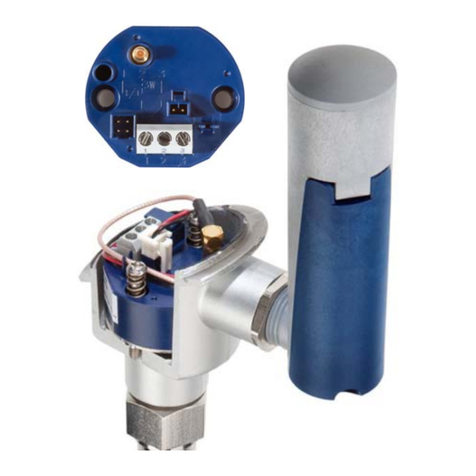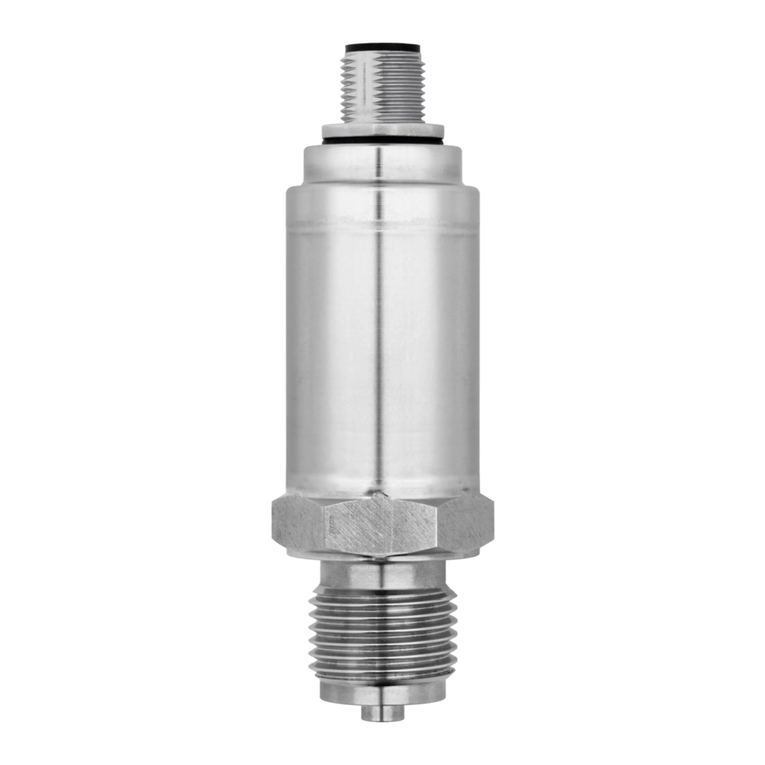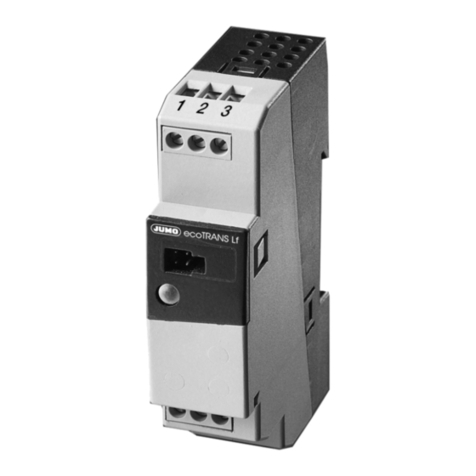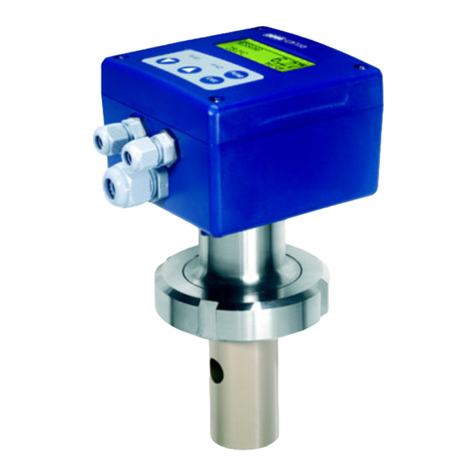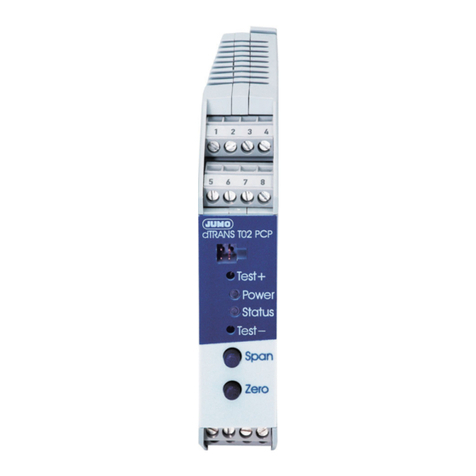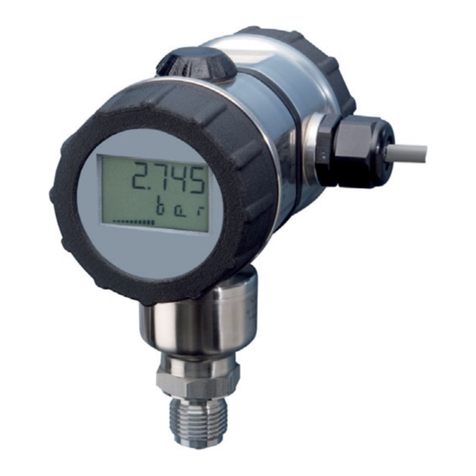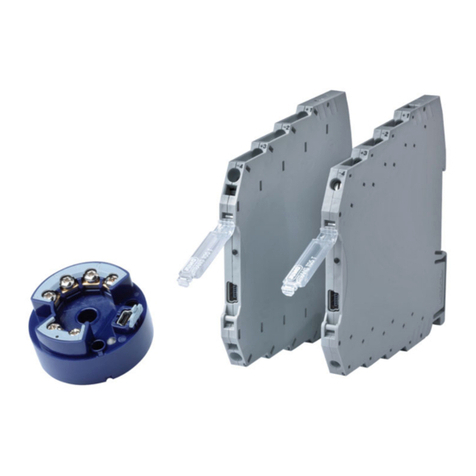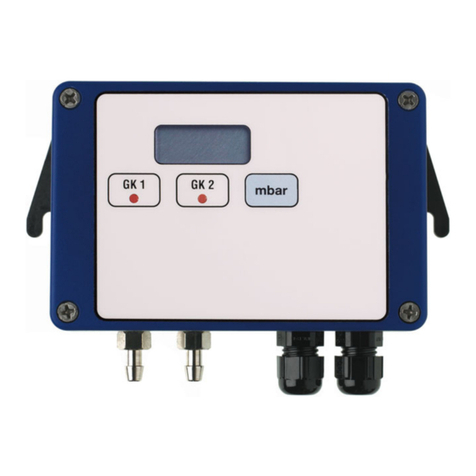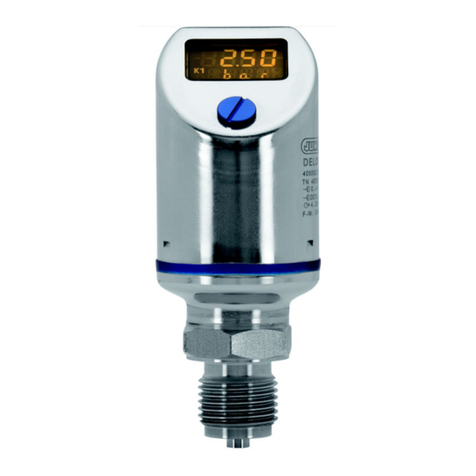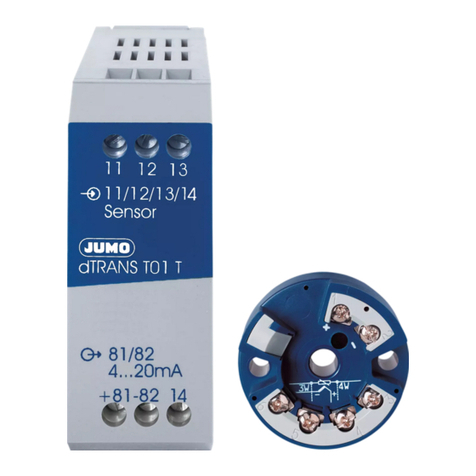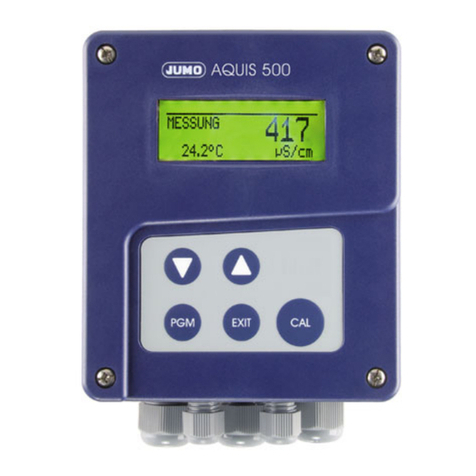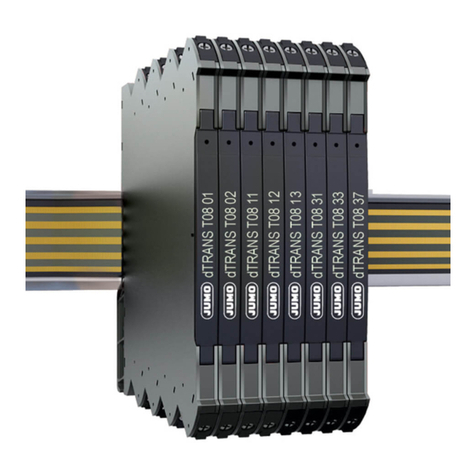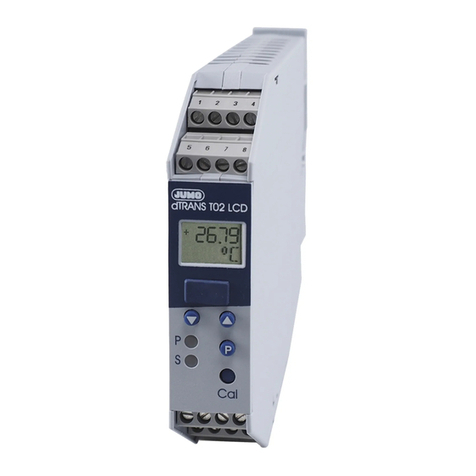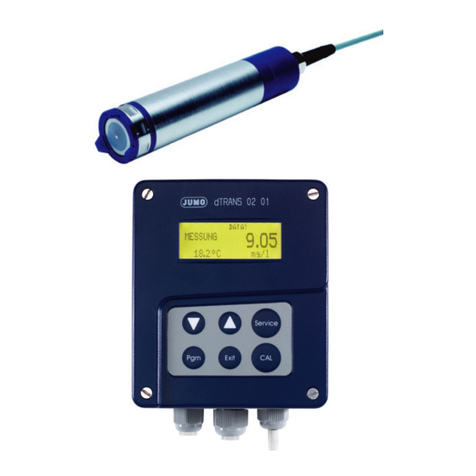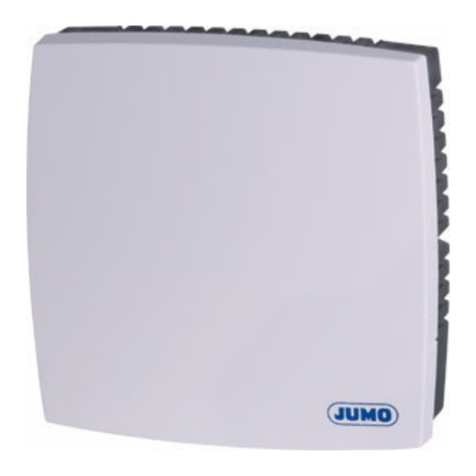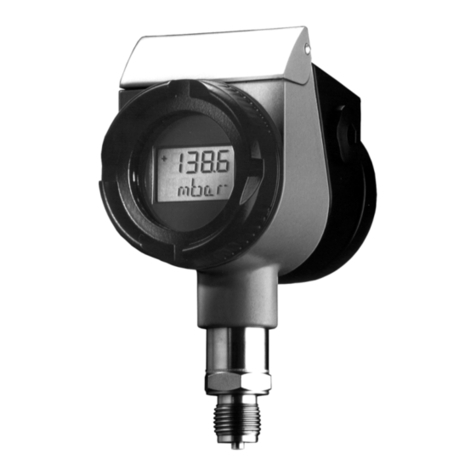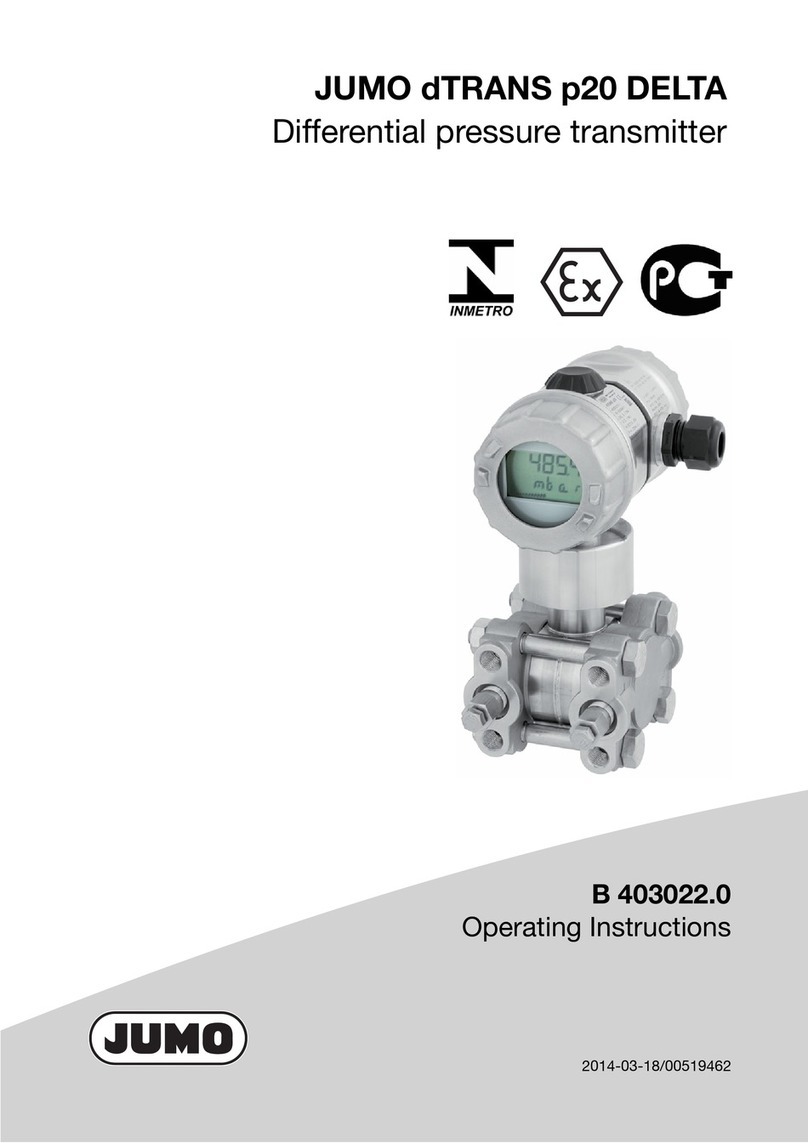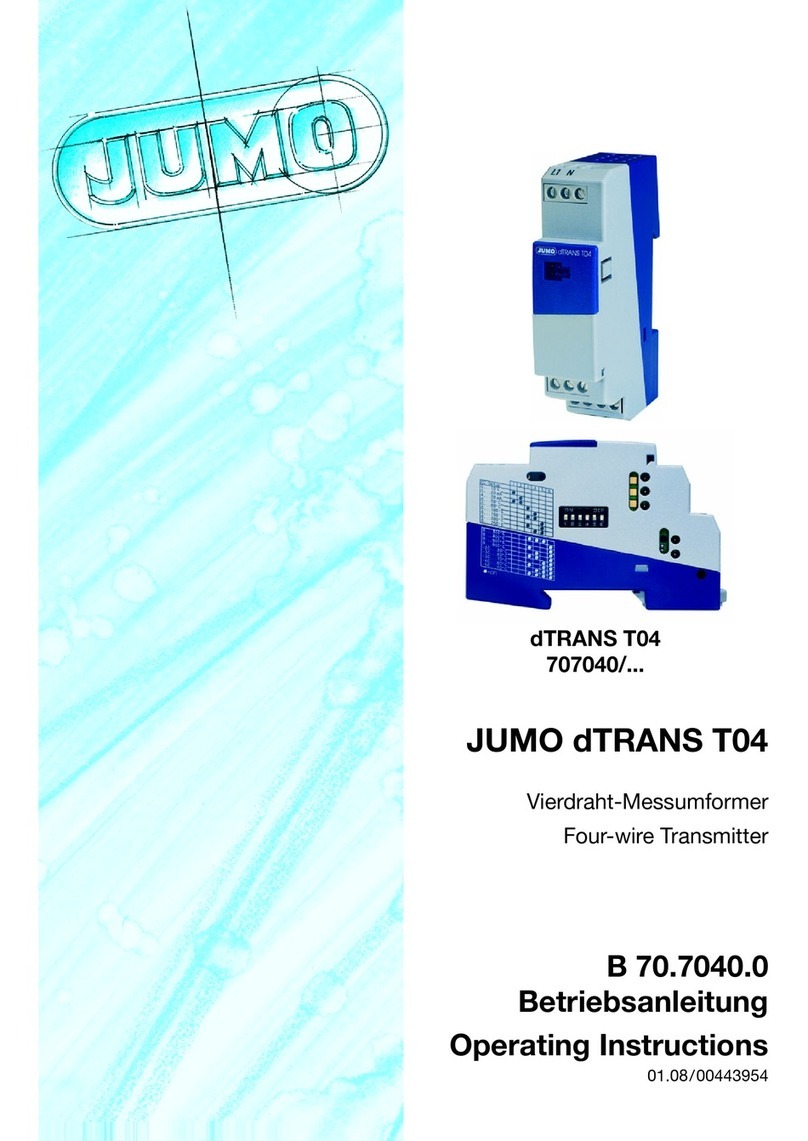
V4.00/EN/00681575
Page 7/28Data Sheet 707080
-802*PE+&R.*
'HOLYHU\DGGUHVV 0DFNHQURGWVWUDH
)XOGD*HUPDQ\
3RVWDODGGUHVV
)XOGD*HUPDQ\
3KRQH
)D[
(PDLO PDLO#MXPRQHW
,QWHUQHW ZZZMXPRQHW
-802,QVWUXPHQW&R/WG
-802+RXVH
7HPSOH%DQN5LYHUZD\
+DUORZ(VVH[&0'<8.
3KRQH
)D[
(PDLO VDOHV#MXPRFRXN
,QWHUQHW ZZZMXPRFRXN
-8023URFHVV&RQWURO,QF
0\HUV5RDG
(DVW6\UDFXVH1<86$
3KRQH
)D[
(PDLO LQIRXV#MXPRQHW
,QWHUQHW ZZZMXPRXVDFRP
70708000T10Z001K000
Features
Physical input measuring range of the sensors
Response time
The update of the measured value depends on the sensor type and the circuit type, and is in the following ranges:
When recording step responses, it must be taken into account that, where applicable, the times for the measurement of the second chan-
nel and the internal reference measuring point are added to the stated times.
Reference conditions
Measurement deviation
Measurement deviation according to DIN EN 60770 and the reference conditions stated above. The specifications for the measurement deviation
correspond to ±2 σ (Gaussian normal distribution). The specification includes nonlinearities and repeatability.
Typical measurement deviation for RTD temperature probes
Typical measurement deviation for thermocouples (TC)
Cu50, Cu100, RTD polynomial, Pt50, Pt100, Ni100, Ni120 10 to 400 Ω
Pt200, Pt500, Pt1000 10 to 2000 Ω
Thermocouple types: A, B, C, D, E, J, K, L, N, R, S, T, U -20 to 100 mV
RTD temperature probe 0.9 to 1.3 s (depending on the circuit type two/three/four-wire)
Thermocouples (TC) 0.8 s
Reference temperature 0.9 s
Calibration temperature +25 °C ±3 K
Voltage supply DC 24 V
Electrical circuit Four-wire circuit for resistance calibration
Standard Designation Measuring range Typical measurement deviation (±)
Digital valueaValue at the current output
IEC 60751:2008 Pt100 (1)
0to+200°C
0.08 °C 0.1 °C
IEC 60751:2008 Pt1000 (4) 0.08 °C 0.1 °C
GOST 6651-94 Pt100 (9) 0.07 °C 0.09 °C
aMeasured value transferred via HART®.
Standard Designation Measuring range Typical measurement deviation (±)
Digital valueaValue at the current output
Thermocouples (TC) compliant with the standard
IEC 60584, part 1 Type K (NiCr-Ni) (36)
0to+800°C
0.31 °C 0.39 °C
IEC 60584, part 1 Type S (PtRh10-Pt) (39) 0.97 °C 1.0 °C
GOST R8.8585-2001 Type L (NiCr-CuNi) (43) 2.18 °C 2.2 °C
aMeasured value transferred via HART®.
